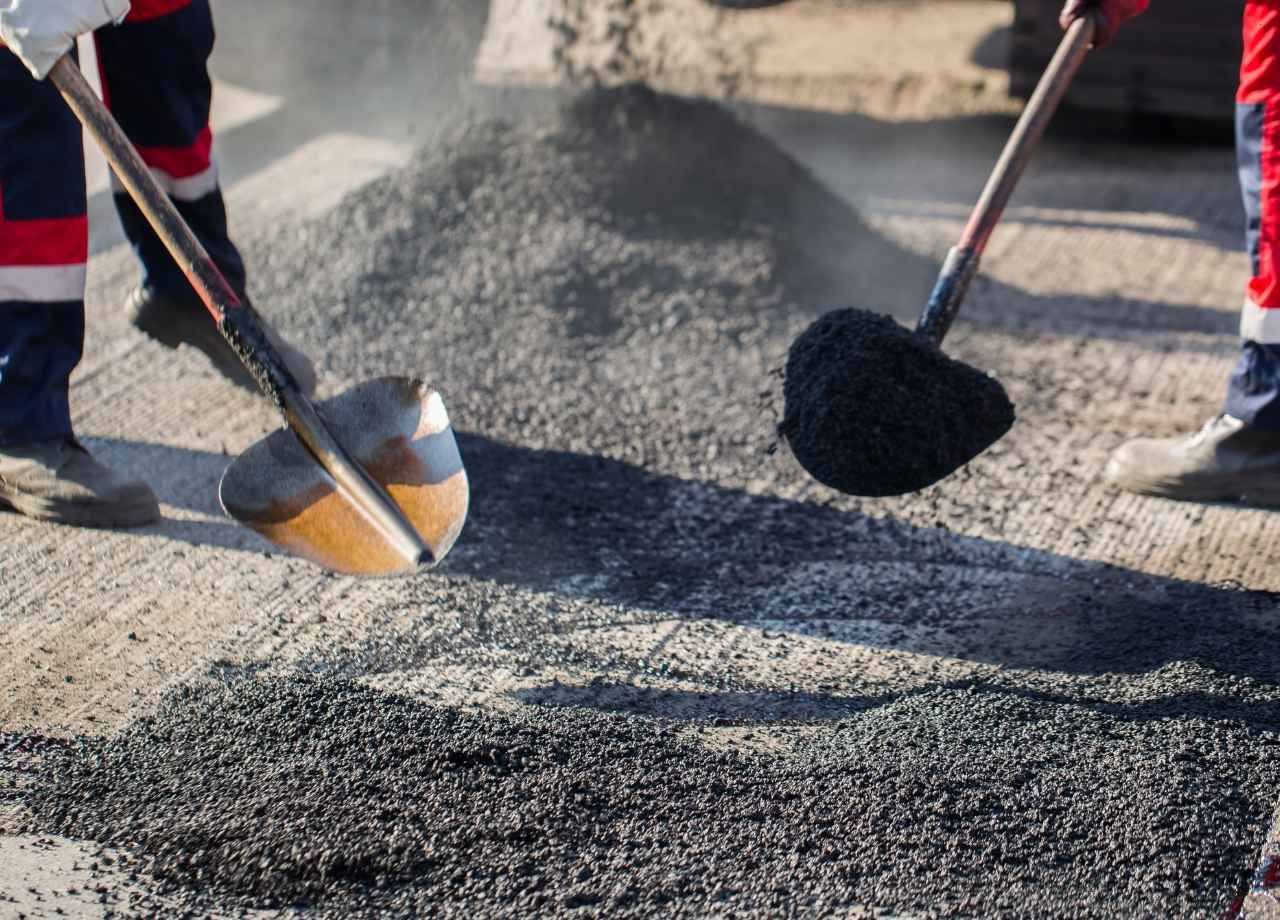Lot Management Essentials for Facilities
Lot management rarely gets the spotlight, yet anyone walking through a poorly maintained lot notices. Potholes, faded striping, scattered debris — these are instant reflections of a facility’s priorities. Not just about aesthetics, the state of a parking lot influences safety, traffic flow, liability, and long-term maintenance costs. Facility managers who treat lot upkeep as a background task often end up spending more reacting to problems than preventing them.
Parking areas operate as high-traffic zones with continuous wear. Heavy vehicle loads, temperature shifts, water pooling, and snow treatment chemicals all leave a mark. Ignoring small cracks and faded signage leads to compounding issues. It’s not just about maintenance but about setting systems in place that ensure the lot supports the rest of the facility’s operations.
Drainage and Surface Grading Always Matter
Pooling water causes more damage than most realize. Asphalt and concrete are porous over time. Even hairline cracks welcome moisture. During freeze-thaw cycles, water expands and contracts, prying apart pavement and accelerating degradation.
An older facility I worked with had one low point near the entrance that retained water every rainfall. It didn’t look like much, but six months later, a sizable pothole formed. Vehicles would swerve to avoid it, leading to near-misses with foot traffic. Resurfacing the area and adjusting the slope would’ve cost less than the emergency fix and damage claims.
Proper grading starts during installation, but retrofits can involve trench drains, catch basins, or re-paving select zones. Skipping this can impact everything else — including snow removal and re-striping efforts.
Material Choices Affect Lifespan
Asphalt remains the standard for cost and speed, but its maintenance cycle is shorter. Concrete lasts longer but comes with higher upfront cost and more complex repairs. Facilities with high truck traffic often benefit from hybrid solutions — concrete loading zones with surrounding asphalt for lighter use.
Sealcoating every two to three years helps prolong asphalt’s life. Skipping sealcoating leads to oxidation, making the surface brittle and more prone to cracking. At one manufacturing site, management postponed sealing to save budget. Within two years, they needed a full repave, far exceeding what sealcoating would have cost them.
Line Striping Isn’t Just for Looks
Parking lines, loading zones, ADA-compliant spaces, fire lanes — every stripe tells drivers how to behave. When they fade, chaos begins. Cars park inefficiently, double up, or block emergency paths. Re-striping should happen every 12–24 months, depending on weather and traffic. Use durable thermoplastic striping for longer-lasting visibility in high-use areas.
At a healthcare campus, we refreshed striping to adjust traffic flow near the emergency entrance. Within days, reports of confusion and improper parking dropped. Even basic signage clarity improved delivery efficiency.
Lighting Directly Impacts Security
Lot lighting affects employee safety, deters trespassing, and supports surveillance systems. Dim or flickering lights send the wrong message to visitors and create blind spots for cameras. LED fixtures with motion sensors or timers improve efficiency without compromising security.
Facility managers should routinely inspect lighting conditions — not just bulbs, but poles, wiring, and fixture alignment. Replacing outdated metal halide bulbs with LEDs at one warehouse reduced electricity costs by nearly 40%, while also solving long-standing complaints about dark corners near the dock.
Snow and Ice Control Starts Long Before Winter
Facilities in colder regions need a plan that begins before the first flake falls. Contracts with snow removal vendors should be locked in by late summer, with clear service level agreements that define plowing thresholds, de-icing responsibilities, and emergency response times.
Storage areas for salt or sand should be dry and easily accessible. Pavement sensors can help determine optimal treatment times, reducing chemical use and surface wear. At one retail complex, staff coordinated with a snow vendor who used a weather-based app to anticipate black ice risks. This led to faster treatments and fewer slip incidents.
Debris and Litter Build Up Fast
Regular sweeping prevents storm drain clogs, improves appearance, and extends pavement life. Leaves, trash, and loose gravel quickly become slip hazards or get caught in tires, damaging surfaces over time.
Daily walk-throughs help catch problems early. During a monthly audit at one logistics hub, teams found multiple broken pallets and discarded shrink wrap cluttering the lot. These were removed before they could jam up storm drains or become hazards to forklifts and delivery vehicles.
Signage Shouldn’t Be an Afterthought
Directional signs, stop signs, speed limits — these keep traffic moving safely. Over time, signs fade, get bent, or go missing. Windstorms and plows are usual culprits. Regular inventories ensure signs meet local codes and are clearly visible from vehicles.

At a busy fulfillment center, adding “No Idling” signs near loading zones reduced complaints from nearby tenants and improved air quality. Placement, size, and reflectivity all matter. It’s not about over-signing but about being deliberate with what drivers need to see and when.
Vendor Oversight Makes or Breaks Success
External vendors handle sweeping, snow removal, paving, sealing, and striping. But even with the best contract, without oversight, things slip. Missed services, incorrect materials, or poor workmanship all lead to issues.
One facility manager I worked with created a shared drive folder where photos and timestamps of completed vendor work were stored. This helped track performance, settle disputes, and justify budget requests. Facility teams benefit when they audit work and maintain direct lines of communication with contractors.
Budget Planning Needs Real Numbers
Lot work often falls into the reactive category because managers underestimate future needs. Instead of yearly guesswork, use past invoices and vendor quotes to create a 3-to-5 year projection. Factor in cyclical maintenance like sealcoating, striping, and snow management.
A logistics park in Texas created a rolling lot maintenance plan that tied into their CAPEX planning. They staggered resurfacing work across sections to avoid business disruption and smoothed out budget spikes. Better predictability, fewer surprises.
Traffic Flow Changes with Tenants
Shared commercial lots often serve multiple tenants whose traffic needs differ. A medical clinic, a restaurant, and a retail shop each bring different patterns. Without adjusting lot design, conflict builds.
At one multi-tenant center, morning congestion caused by delivery trucks blocked customer spaces. Adjusting delivery zones and re-striping entry points smoothed traffic and improved parking availability. Adapting lot layout to user patterns keeps the facility functional for all occupants.
Emergency Access Often Gets Blocked
Fire lanes and hydrant zones get ignored, especially if lines fade or signage is unclear. Enforcement needs to be part of facility protocol. Bollards, curbs painted red, and regular patrols help prevent blockages.
A food distribution facility installed collapsible bollards in a fire lane that staff could lower for authorized access. This deterred casual parking but allowed emergency vehicles clear entry.
ADA Compliance Must Stay Current
ADA compliance isn’t static. Regulations change, and facility upgrades can trigger review requirements. Ramps, accessible routes, and van-accessible spots need proper dimensions and signage. An audit found one facility had incorrectly sloped access aisles, leading to a costly remediation order.
Repainting ADA spaces, inspecting ramps, and maintaining accessible paths avoids bigger compliance headaches. Many facilities only check these when prompted by an incident, but proactive reviews keep liability low.
Lot Management Isn’t One-and-Done
Maintenance plans should live as active documents. Staffing changes, vendor turnover, or tenant mix shifts can make a set-it-and-forget-it approach dangerous. Schedule quarterly reviews, even if minimal, to stay ahead.
For facility teams looking to implement long-term, reliable lot strategies across multiple locations, National acility Contractors provides the consistency, vendor oversight, and performance tracking needed to keep properties compliant, safe, and looking sharp year-round.
A consistent approach protects a facility’s investment. More importantly, it shows that the property cares — to clients, staff, and anyone pulling into the lot. People notice. And they remember.






